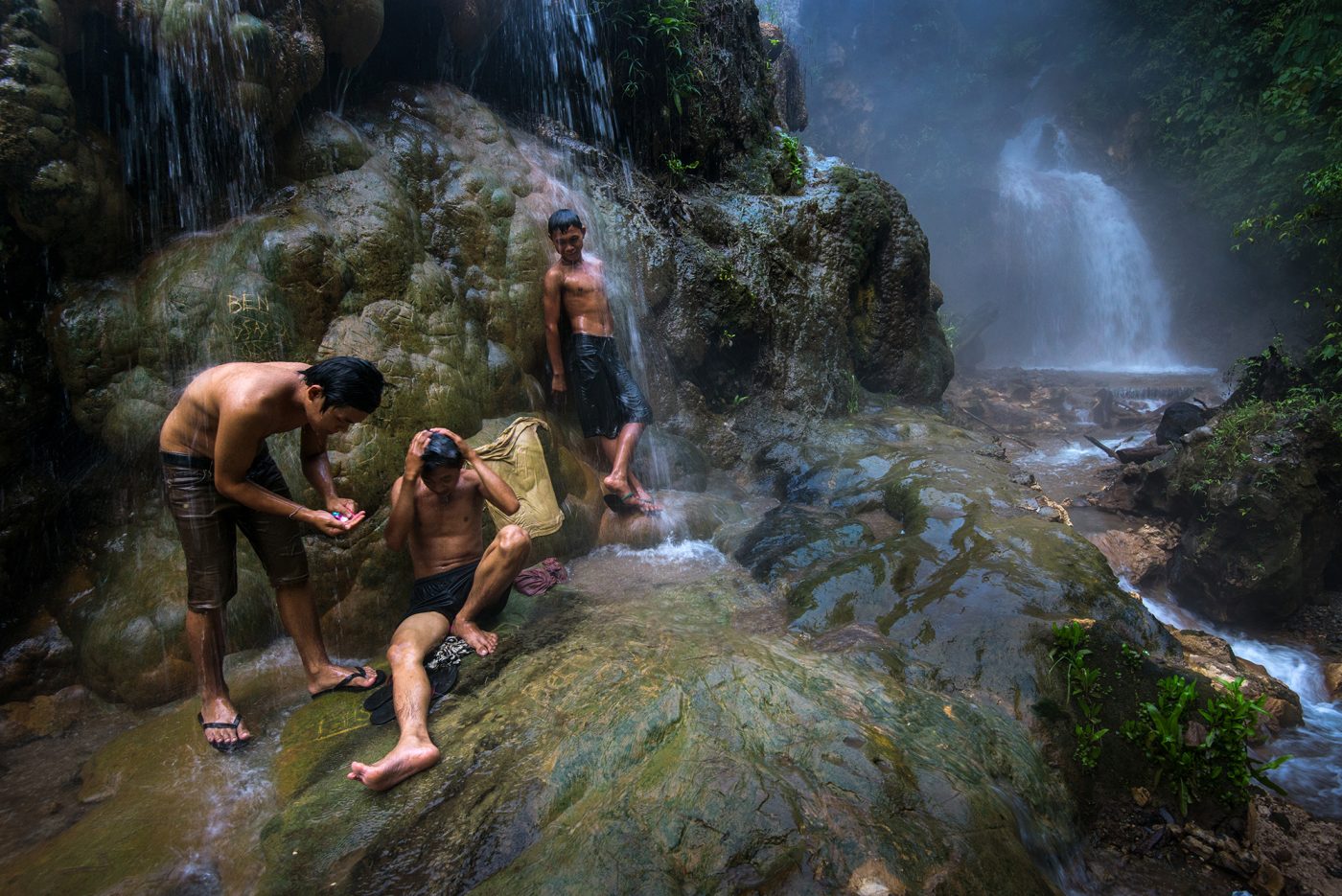Since September of last year, I have been fortunate to be part of a program that many hotels are starting to adopt into their CSR efforts. Soap For Hope is an initiative based on the simple idea that used soap collected from hotels can be recycled into fresh soap bars and distributed to underprivileged local communities.
Here are the first two installments from Project Katutubo in Tawi-Tawi. Thanks again to The EXTRA MILE Productions for producing these. There are still more in the works and some exciting plans for a longer version. In the first episode I shoot the geometrical patterns and colors of a Tepo, a mat made from pandan leaves, as well as the Sama-Bajau who diligently weaves it. The second episode was taking while visiting a seaside village in Sanga-Sanga. Here we chanced upon a young Bajau-Sama bride who was to be wed that evening.
I arrived into Iloilo City on a sunny afternoon with my camera bag and a rough plan as to where I would be going. My research gave me some promising leads, but going on a trip like this is always full of unknowns and surprises.
One week prior to my departure to Tawi-Tawi I received an email from the US Embassy in Manila. “U.S. citizens should continue to defer non-essential travel to the Sulu Archipelago, due to the high threat of kidnapping of international travelers and violence linked to insurgency and terrorism there.”
Last month I teamed up with The EXTRA MILE Productions who documented my trip to Tawi-Tawi, the southern most province in the Philippines. This is a place I had always wanted to visit, but because of certain security issues it took some planning to make a trip happen. More than three years on since we started this project on Kickstarter we are still going strong with plans to continue this important work.
I thought I would spend some time and put together my highlights from 2014 in photos. I’ve never done this before, but I haven’t done many blog posts this year and therefore thought I should get another one in before the year ends. At times this year was extremely busy and at other times I was able to do more of the behind the scenes work that always seems to pile up. I had some firsts this year, including my first solo exhibit, and I took on more commissioned work than in previous years.
Considered one of the 18 indigenous ethnolinguistic Lumad groups in Mindanao, the native Mansaka continued their way of life during the hundreds of years of migrations and inter-marriages of the Malays, Indonesians and the Chinese. Although the Mansaka people evolved over time, they were never heavily influenced by the Spanish during their colonization.
Three weeks in the Cordilleras of Luzon and I feel like I have only scratched the surface of experiencing the rich cultures that make up the Igorot people. This is a common trend I have experienced while working on the Katutubong Filipino Project and one reason I hope to extended the project longer term, perhaps for another three years. More time is needed. This is especially true when trying to tell the story of the Igorot people who live in six different provinces with over 20 tribes all speaking different languages, practicing different rituals, and have different beliefs and cultures.
Last month I made a long awaited trip to the island of Mindoro to visit some of the different Mangyan groups there. This trip took a few months to arrange and I was very excited our journey happened as I have been wanting to visit Mindoro for a long time. Although, we knew it would not be easy to get access to the different communities we wanted to visit, our contacts and non-stop effort explaining and promoting the Katutubong Filipino Project helped us significantly on this trip. There are 8 different Mangyan groups (Iraya, Alangan, Tadyawan, Tau-buid, Bangon, Buhid, Hanunoo and Ratagnon) on the island of Mindoro and all are distinctively different including their languages. Mangyan is just the collective term used for the indigenous peoples found on Mindoro.
Over the past month I have made two separate trips to Mindanao in the hopes to document the ethnic sport of horse fighting that is still occasionally practiced by the areas Lumads (indigenous peoples). My first trip was during Davao’s Kadayawan Festival, which is an annual week long celebration featuring the different tribes from Davao. This festival is like most other festivals in the Philippines, complete with street dancing, beauty pageants and plenty of people walking around the streets. In years past horse fighting was one of the side events at the Kadayawan Festival and was the sole reason I made the trip to Davao. Sadly, the tribal Chieftain, Datu Causing Ogao, who was in charge of this years horse fighting was murdered only three weeks before the festival. This murder was one of three tribal murders in the same time frame throughout this part of Mindanao.
email: [email protected] |
© 2026 Jacob Maentz






